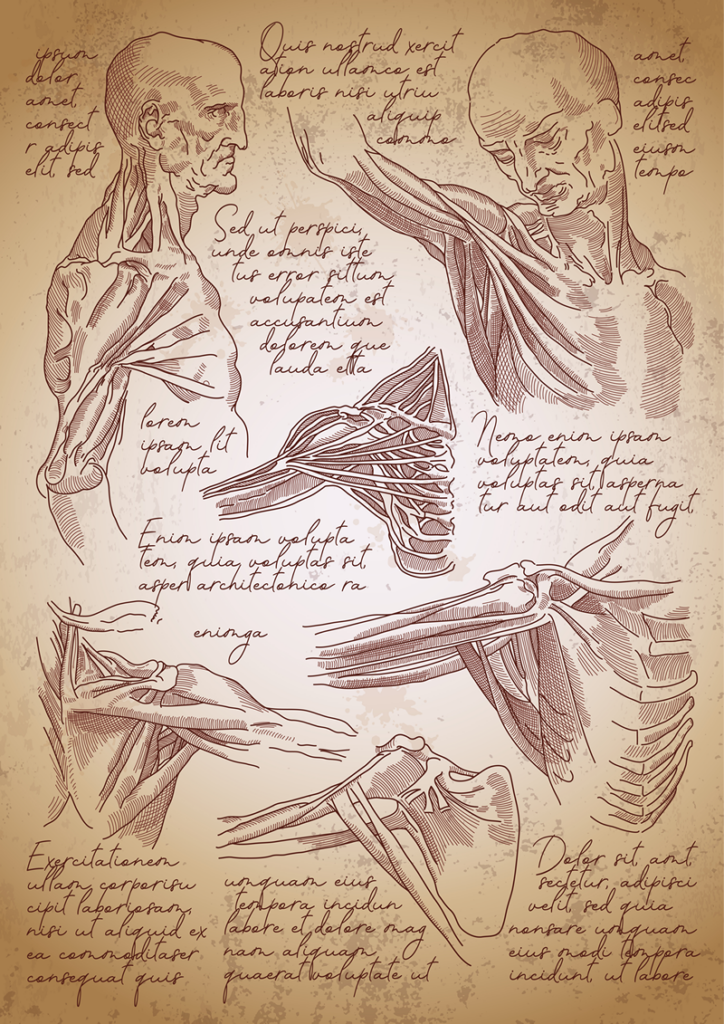About David
DAVID PARKER
HAS A FAMILY BACKGROUND IN MEDICINE.
His father and grandfather were physicians. His mother and grandmother were nurses. As a child David was a gifted singer. He sang professionally throughout high school and college, but in college he realized that making a living as a classical singer was not realistic. He loves cooking and began working in fine restaurants in Boston. Training under a Japanese Chef taught him about muscle, craftsmanship and diligence.
Since his childhood David has always had the ability to watch something move and see where the inefficiency is. In 1989, David decided to attend The Florida School of Massage in Gainesville. He trained as a structural bodyworker, and sports massage therapist. Honing his craft transitioned him from his intuitive understanding of the body, to a more cognitive, scientific, bio-mechanical approach to pain relief and better motion. After school he worked for Daniel Day-Lewis during the filming of “Last of the Mohicans” in North Carolina, and then moved to Sarasota, Florida to work with Aaron Mattes at his boutique orthopedic rehab clinic.
PHILOSOPHY
THE PHILOSOPHICAL UNDERPINNINGS COME FROM SEVERAL SOURCES.
Most people look at the body as a skeleton clothed in muscle, The Parker Approach looks at it from the fact that the bones are relatively inert, providing lever arms around joints while it is muscle that actually does the work of movement and stabilization. We cannot simply stack the bones on top of one another and expect a skeleton to stand erect.
Buckminster Fuller called it “tensegrity”, or floating compression. It is a structural principle based on a system of isolated components under compression (struts) inside a network of continuous tension (cables) and arranged in such a way that the compressed members do not touch each other while the pre-stressed tensioned members delineate the system spatially. (V. Gomez-Jauregui,2010)
Dr. Steven Levin coined the term “biotensegrity” to apply tensegrity principles to biologic structures like muscle and bone.
The Parker Approach looks at the tensional agreements between the muscles, tendons, and ligaments around the joints, and how they interact for posture, movement and emotion.
Ida Rolf developed a method of structural bodywork commonly known as Rolfing. She understood how the body is supposed to be aligned and she would align you. It was commonly understood to be painful but suffering through it would make you structurally aligned.
I believe that if I think I know how you should be and move through the world, I’m a jerk. It is inherently violent, and disrespectful.
How you move may not be the most bio-mechanically efficient, but it’s the best way you’ve figured out! Let’s work together to explore how and why you move in these patterns.
Tensional patterns are defensive. They are a defense against pain, whether it is physical or emotional pain does not really matter.
If I try to break down your defense, I will get more defense. If we can support the defense enough, that is where we can experiment to see if there is a different way to move the structure, in a way that is not painful or threatening.
The Parker Approach uses flexibility and strength exercises to rebalance the dynamic structure for increased movement and mobility.


